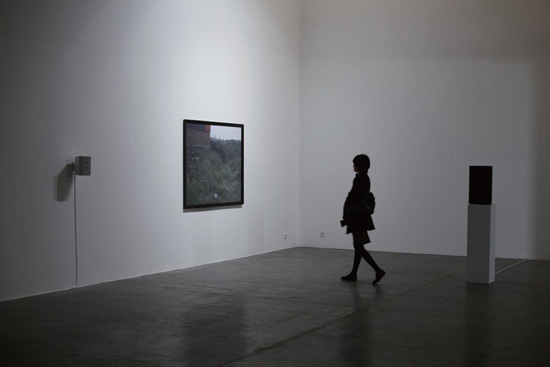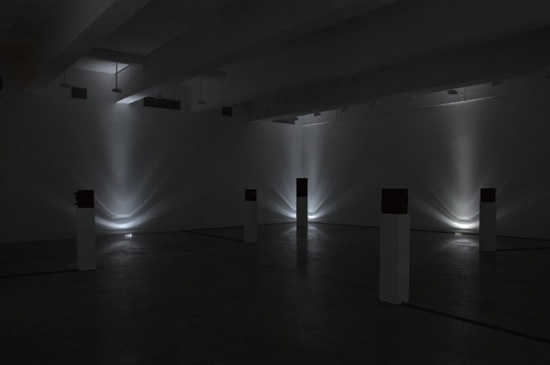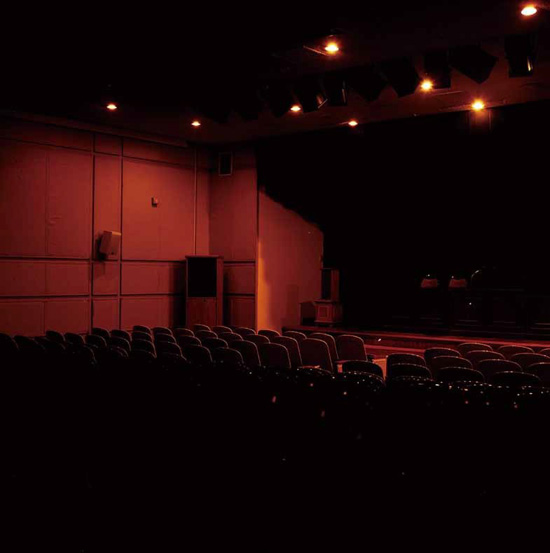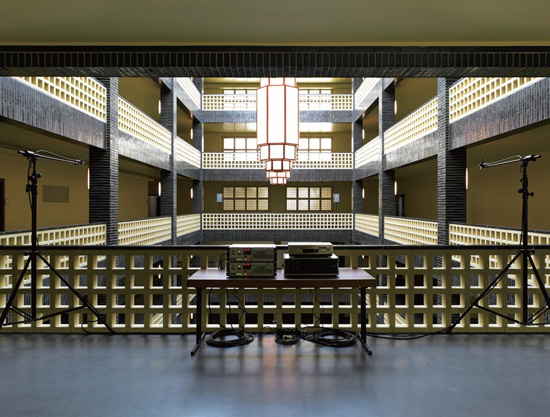|
Introduction of the artist:

Susan PHILIPSZ (UK)
Born in 1965, Glasgow, UK. Lives and works in Berlin. Selected solo
exhibitions: 2012 Timeline, Edinburgh Arts Festival / 2012 Close To Me, Palazzo
Reale, Milan / 2012 It Means Nothing To Me, Mizuma and One Gallery, Beijing /
2011 We Shall Be All, Museum of Contemporary Art, Chicago / 2011 You Are Not
Alone, Haus des Rundfunks, Berlin / 2010 Surround Me, Artangel, London /
Selected group exhibitions: 2012 Documenta 12, Kassel, Germany / 2010 29th S·o
Paulo Biennial / 2010 Haunted, Solomon R. Guggenheim Museum, New York. In 2010
she was awarded the Turner Prize for her work Lowlands.
Introduction of works:

It Means Nothing to Me, installation, variable size, 2006

I See a Darkness, installation, variable size, 2008

There Is Nothing Left Here, sounds installation, variable size, 2006

You are Not Alone, sounds installation, variable size, 2009
Susan Philipsz is an artist whose work engages with specific social contexts
through sound. Often, by using her own voice, she draws the listener in to
create the possibility of reflection, provoking the kind of recognition that
often comes with music - the evocative nature of popular songs – to transcend
the inarticulate nature of memory and desire. She explores the relationship
between sound and architecture, between listening and our understanding of
location, in order to conflate the private perception of sound with negotiation
of public space.
Philipsz’ work in China breaks new ground in a number of ways. Firstly, it
involves the use of a Chinese harp, thus signifying the acknowledgement of a
traditional local culture which is foreign to her. On the other hand, there is
her assertion of what is absolutely familiar through the recorded duet she sings
with her father. She has inherited her beautiful lilting voice from him and we
hear this now as both given, or inherited, and brought to bear on a set of
circumstances she is just beginning to negotiate. She reminds us that we never
arrive at a place for the first time simply with some kind of pure receptivity.
We always have songs in our heads. And it is the songs we learnt in our
childhoods perhaps that are the most inescapable soundtracks for scenarios we
experience in later life.
| 
